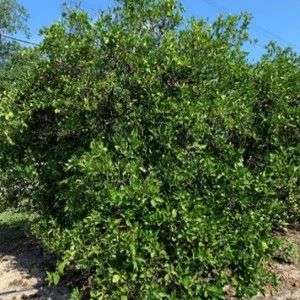
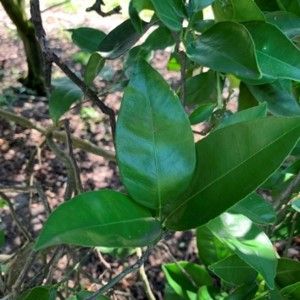
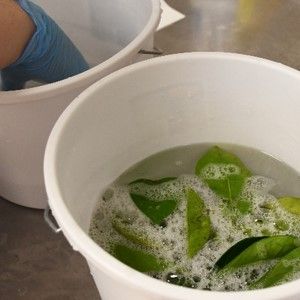
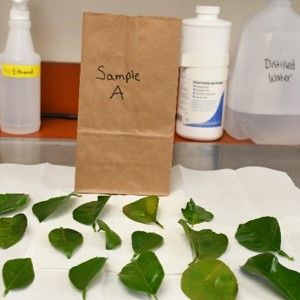
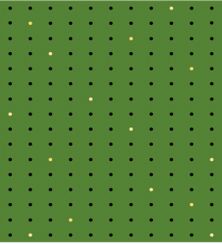
Goal
-
To assess trees' nutritional requirements to maintain balanced nutrients for optimum tree growth
-
To prevent any nutrient deficiency or toxicity that can compromise tree health and yield or reduce revenue
Timing
-
Leaf nutrient concentrations continually change throughout the year; therefore, timing of the leaf sampling process is critical.
-
The best time to collect is July and August, targeting 4-to-6-month-old spring flush.
Procedure
-
Grove area should be 20 acres or less.
-
Each sample set should be the same variety and rootstock that has received the same fertilization plan.
-
Leaves should be a representation of the entire grove; gather 100 leaves from nonfruiting twigs from 15 to 20 uniform trees, selected randomly.
-
Label a clean, new paper bag with information to reference when results are received.
-
Wash leaves soon after collection. Do not let the leaves get dehydrated before washing.
-
Wash and air-dry leaves the day of collection.
-
If you are not able to wash on the day of leaf sample collection, store in the refrigerator overnight.
-
Using thumb and forefinger, rub the leaves gently while soaking in mild detergent solution, and then thoroughly rinse with clean water.
Examples
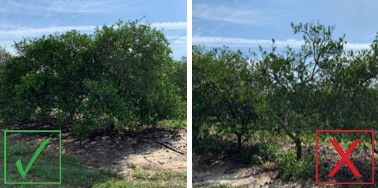
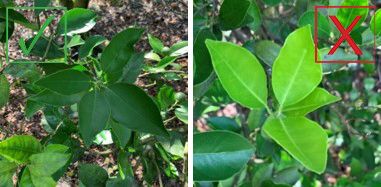
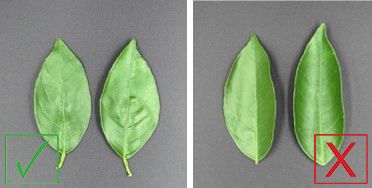
Additional Suggestions for HLB-Affected Trees
Sampling from HLB-Affected Trees
Sampling from HLB-Affected Trees
-
Because the majority of trees (if not all) have HLB, the leaf nutrient sampling should be done from trees that are representative of the grove.
-
Severely declining trees should not be considered for nutrient analysis.
-
Fully expanded, average-size leaves should be collected; don't collect small leaves or leaves with psyllid damage.
When to Sample
-
HLB-affected trees perform better under a good fertilizer program. Sampling three to four times per year is suggested so that you have enough time to adjust the fertilizer program to address tree nutrient needs.
-
The below guidelines for leaf nutrients are for 4-to-6-month-old spring flush leaves; therefore, the table cannot be used as the sole guide for leaf nutrient sampling conducted throughout the year.
-
Sample after a month if a soil-applied program was applied, or two weeks after foliar fertilization.
-
Take 1–2 sample sets per 10-acre block.